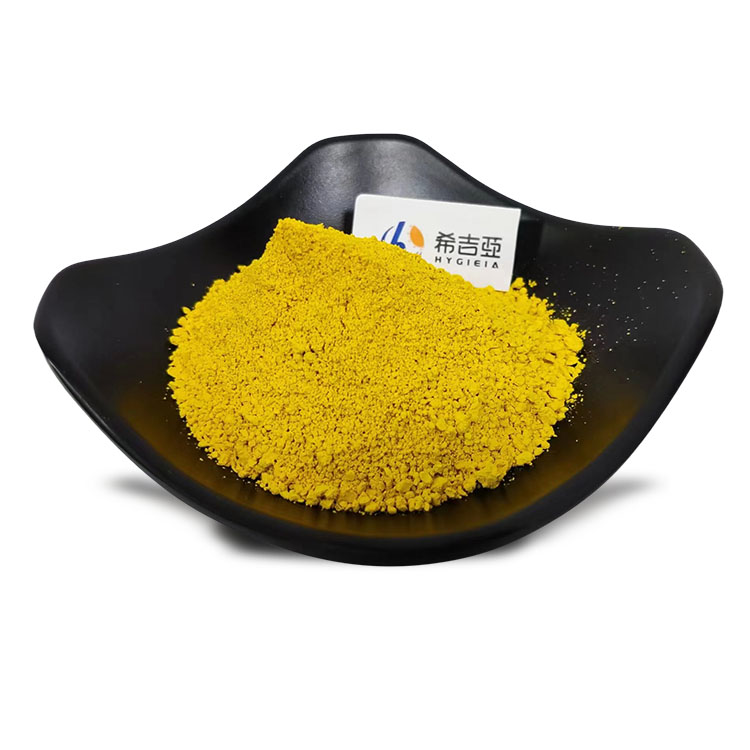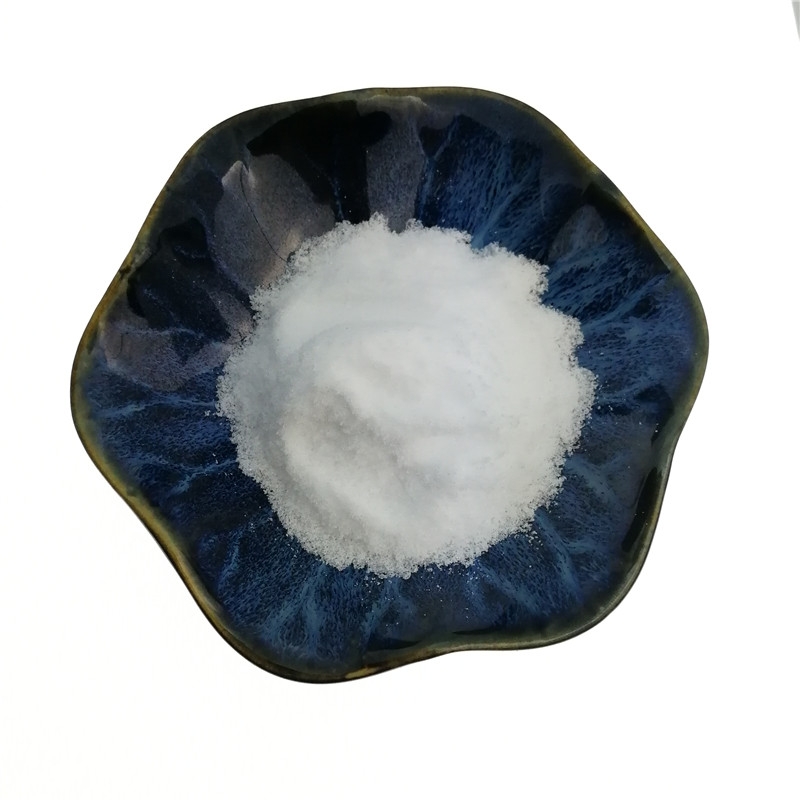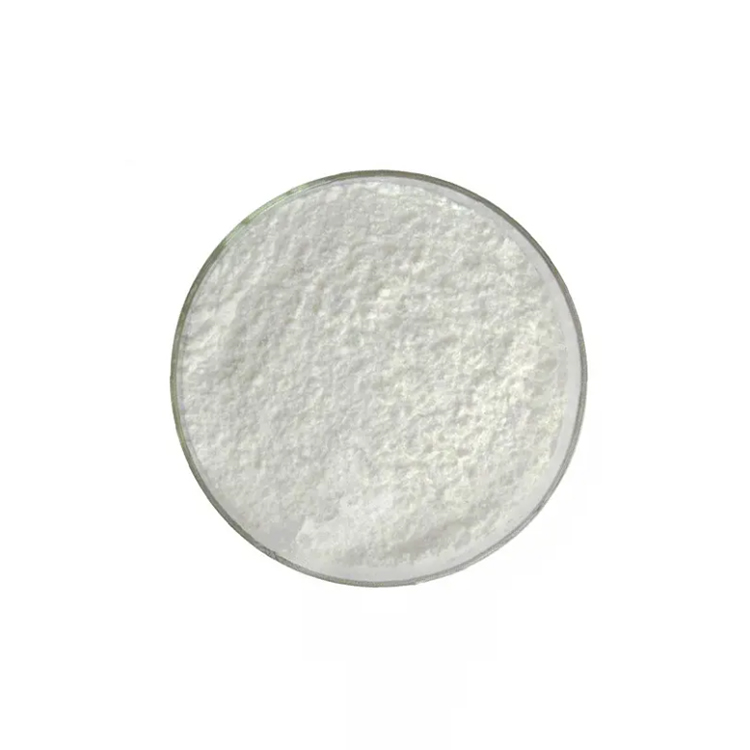-
Categories
-
Pharmaceutical Intermediates
-
Active Pharmaceutical Ingredients
-
Food Additives
- Industrial Coatings
- Agrochemicals
- Dyes and Pigments
- Surfactant
- Flavors and Fragrances
- Chemical Reagents
- Catalyst and Auxiliary
- Natural Products
- Inorganic Chemistry
-
Organic Chemistry
-
Biochemical Engineering
- Analytical Chemistry
- Cosmetic Ingredient
-
Pharmaceutical Intermediates
Promotion
ECHEMI Mall
Wholesale
Weekly Price
Exhibition
News
-
Trade Service
We know that proper indoor ventilation is key
to reducing the spread of Covid-19.
Now, a study by MIT researchers has found that indoor relative humidity may also affect the spread
of the virus.
Relative humidity is the ratio of the amount of moisture in the air to the total moisture that the air can hold before it saturates and condenses at a certain temperature
.
In a study published today in the Journal of the Royal Society Interface, the MIT team reports that keeping indoor relative humidity between 40% and 60% is associated with relatively low Covid-19 infection and mortality rates, while indoor conditions beyond that range are associated with
worse Covid-19 outcomes.
To put this into perspective, most people are comfortable with 30 to 50 percent relative humidity, while the relative humidity in an airplane cabin is around
20 percent.
The findings are based on the team's analysis
of Covid-19 data from 121 countries from January 2020 to August 2020, as well as meteorological measurements.
Their research shows a strong link
between regional outbreaks and indoor relative humidity.
Overall, the researchers found that regardless of the season, when Covid-19 cases and vaccination deaths rose in a region, estimated indoor relative humidity averaged below 40 percent or above 60 percent
.
During the "sweet spot" estimated indoor relative humidity between 40% and 60%, there was a reduction
in Covid-19 cases and deaths in almost all regions studied.
"This moderate indoor relative humidity has a potentially protective effect," said
lead author Connor Verheyen, a doctoral student in medical engineering and medical physics in the Harvard-MIT Health Sciences and Technology Program.
"Indoor ventilation remains critical," said
study co-author Lydia Bourouiba, director of MIT's Laboratory of Fluid Dynamics for Disease Transmission, and associate professor in MIT's Department of Civil and Environmental Engineering, Department of Mechanical Engineering, and MIT's Institute for Medical Engineering and Science.
"However, we found that keeping indoor relative humidity at its optimal location – 40 to 60 per cent – was associated with
fewer Covid-19 cases and deaths.
"
Seasonal swing?
Since the beginning of the Covid-19 pandemic, scientists have been considering the possibility that
viral toxicity varies seasonally.
Infections and related deaths appear to rise in winter and decline
in summer.
But studies trying to link the virus's patterns to seasonal outdoor conditions have yielded mixed results
.
Verheyen and Bourouiba looked at whether Covid-19 was affected by indoor (as opposed to outdoor) conditions, particularly relative humidity
.
After all, they point out that more than 90% of the time in most societies is spent indoors, and most of the virus transmission occurs indoors
.
What's more, indoor conditions can be very different from outdoor conditions due to climate control systems, such as heaters that can make indoor air significantly dry
.
Has indoor relative humidity affected the spread and severity of Covid-19 around the world? Does it help explain differences in health outcomes between regions?
Track humidity
To find out, the team focused on the early days of the pandemic, when vaccines were not yet available, and they thought vaccinated populations would mask the effects of any other factors, such as indoor humidity
.
They collected global Covid-19 data from January 2020 to August 2020, including case counts and reported deaths, and identified countries with at least 50 deaths, indicating that there had been at least one outbreak
in those countries.
In total, they focused on 121 countries
with Covid-19 outbreaks.
For each country, they also tracked local Covid-19-related policies such as quarantine, quarantine and testing measures, as well as their statistical correlation
with Covid-19 results.
Every day coronavirus data became available, they used meteorological data to calculate a country's outdoor relative humidity
.
They then estimated the average indoor relative humidity based on guidelines for outdoor relative humidity
and the temperature range for the human body.
For example, the guidelines report that the temperature at which humans are comfortable indoors is between
66 and 77 degrees Fahrenheit.
They also hypothesized that, on average, most people had a way to heat an indoor space to a comfortable temperature
.
Finally, they also collected experimental data that they used to validate their estimation methods
.
Every time the outdoor temperature fell below the typical human comfort range, they assumed that the indoor temperature was within that comfort range
.
Based on the increased heating, they calculated the associated indoor relative humidity drop
.
In warm weather, the relative humidity indoors and outdoors is roughly the same in each country, but in cold weather, they diverge
rapidly.
While outdoor humidity remains around 50% year-round, indoor relative humidity in northern and southern hemisphere countries drops below 40% during their respective cooler periods, while these regions have also seen a surge
in Covid-19 cases and deaths.
For tropical countries, the relative humidity indoors and outdoors are basically the same throughout the year, and in the summers in the region, the relative humidity indoors gradually rises, when the high humidity outdoors may increase the relative humidity indoors by more than
60%.
They found that this rise reflected a gradual increase
in Covid-19 deaths in the tropics.
"We see more reports of Covid-19 deaths in places where relative humidity is low and high indoors, and fewer
in areas with optimal humidity of 40 to 60 percent," Verheyen said.
"This intermediate relative humidity window is associated with better outcomes, which means fewer deaths and a slower
pace of the pandemic.
"
"At first we were very skeptical, especially since the data for Covid-19 could be noisy and inconsistent
," said Bourouiba.
"So we tried very thoroughly to poke holes in our analysis, using a range of methods to test the limits and robustness of our findings, including taking into account factors
such as government intervention.
" Despite our best efforts, we have found that indoor (as opposed to outdoor) relative humidity maintains a potentially strong and powerful link
with Covid-19 outcomes, even taking into account countries with very strong and very weak Covid-19 mitigation policies, or countries with very different outdoor conditions.
”
It is not clear how indoor relative humidity affects the outcome
of Covid-19.
The team's follow-up study suggests that pathogens may survive longer in respiratory droplets in very dry and very humid conditions
.
"The work we are doing shows that there are some new signs
of mechanical links between these factors," Bourouiba said.
"However, at the moment we can say that in addition to proper ventilation, indoor relative humidity emerges in a robust way as another mitigating lever
that organizations and individuals can monitor, adjust and stay in the optimal 40% to 60% range.
"
The research was funded in part by the MIT Alumni Class Fund, the Richard and Susan Smith Family Foundation, the National Institutes of Health, and the National Science Foundation
essay“Associations between indoor relative humidity and global COVID-19 outcomes”







